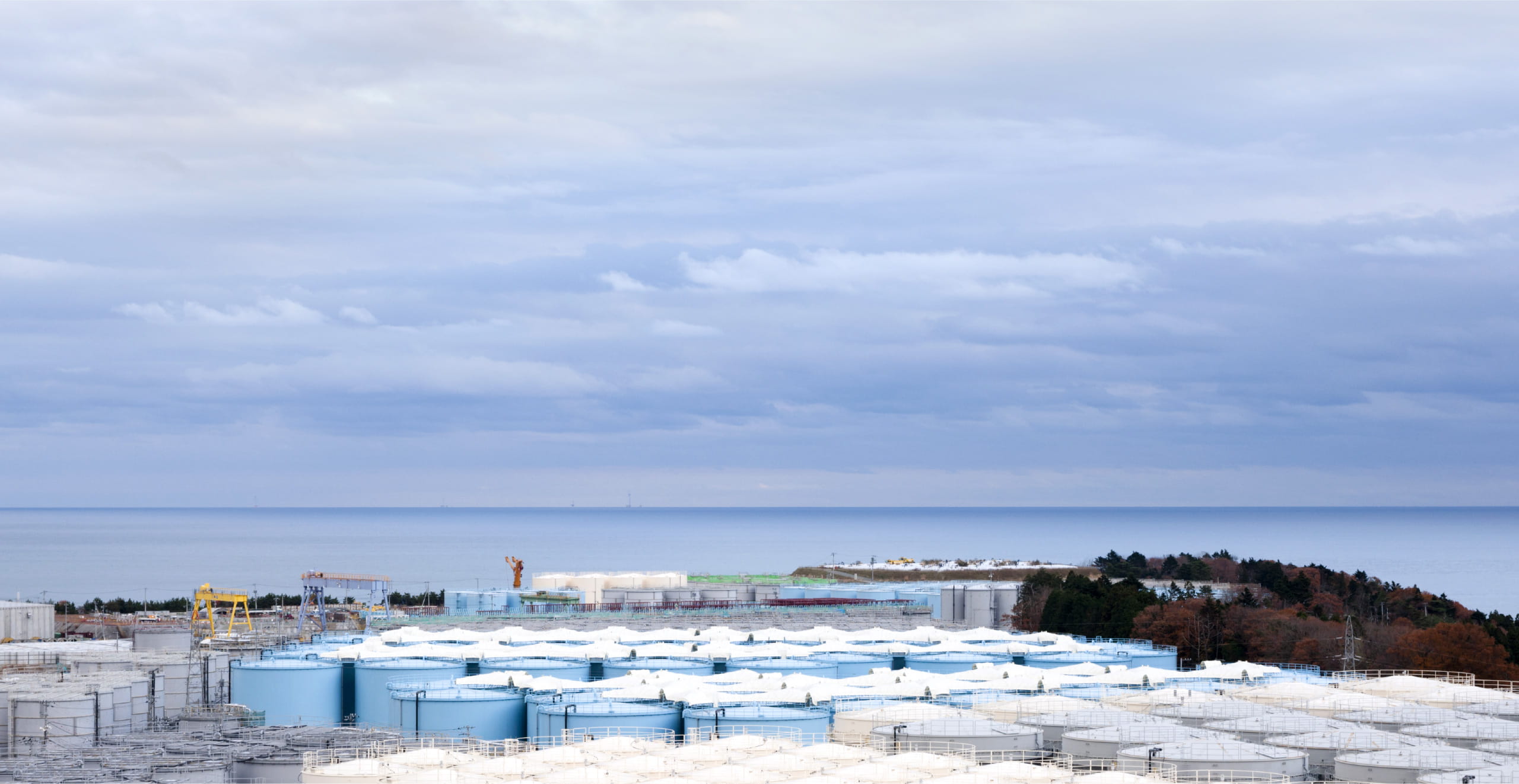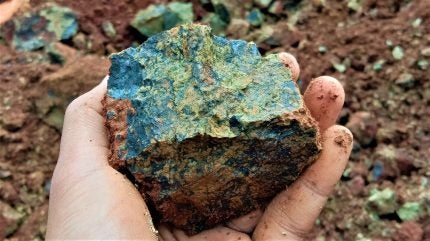
The Japanese government has given the greenlight for Fukushima’s nuclear wastewater to start being dumped in the Pacific ocean from Thursday August 24th, despite widespread protest both in Japan, and in neighbouring countries.
“We are deeply disappointed and outraged by the Japanese Government’s announcement to release water containing radioactive substances into the ocean. Despite concerns raised by fishermen, citizens, Fukushima residents, and the international community, especially in the Pacific region and neighbouring countries, this decision has been made,” said Hisayo Takada, Greenpeace Japan’s project manager.
This concern is widespread amongst the Japanese people, with a December 2020 survey conducted by national newspaper Asahi Shimbun finding that — of over 2,000 respondents — 55% opposed the dumping, and over 80% worried about the country’s reputational damage from the dumping.
The official reason given by Japanese prime minister Kishida for dumping the accumulated nuclear wastewater is that “We are running out of room to create the necessary space to further steadily advance the decommissioning process of Fukushima Daiichi. In order to overcome this situation, we cannot avoid the disposal of ALPS-treated water, which is a prerequisite for decommissioning.”
The provided justification is hard to square with the fact that the Fukushima region still has a huge nuclear exclusion zone of many dozens of square kilometres of land which is anyway deemed unfit for human use, and thus is available space for decontamination. So much for “running out of room.”
This land could be used for many more wastewater storage tanks than currently exist, allowing more time and effort to be put into the decontamination and treatment. But it seems that the responsible parties are unwilling to spend more money to do that.

Fukushima Daiichi Nuclear Wastewater Storage. Image: TEPCO
The radioactive wastewater ultimately comes from inside the leaking nuclear reactor, and has come directly into contact with the nuclear material itself. Indeed, keeping the reactor material in contact with water has been necessary to keep it cool, and below critical temperatures.
This direct contact with nuclear material makes the Fukushima wastewater totally distinct from the indirect-contact cooling water that many nuclear power stations release back into watercourses as part of their normal operation.
The direct-contact radioactive contaminated wastewater at Fukushima coming out of the reactor, is first stored in tanks, then treated via a process known as Advanced Liquid Processing System (ALPS) (in Japanese 多核種除去設備). This processing has been developed to remove some of the nuclear contamination. The water is then stored again as “ALPS treated water” in other tanks, and may go through another treatment cycle. It is this “treated water” water that the government is planning on dumping into the pacific ocean.
The problem is that the water to be dumped still has some nuclear contamination, since the ALPS process currently does not remove all radioactive material. Most significantly, Tritium contamination is still well above levels considered safe by many independent parties. The Japanese citizen’s commission on nuclear energy has more details on the ALPS treated water.
The Japanese government, and the Fukushima plant’s operator, TEPCO, plan on releasing 1.3 million tons of radioactive water over the next 30 years, into the adjacent Pacific Ocean. Over 31,000 tons will be released in the coming 9 months or so, starting from Thursday 24th August.
The Japanese government is leaning heavily on an “independent” report from the IAEA, on what the agency considers the safety factors involved. However, the data and evidence that the IAEA report is based on is not fully independently gathered, much of the data has been received from TEPCO, and the Japanese government. Unfortunately, TEPCO has a record of past attempted cover ups in relation to nuclear contamination at Fukushima.
The IAEA report says that it considers the wastewater release “consistent with international safety standards”. Yet, at the same time, director Mariano Grossi has said in the report that “I would like to emphasise that the release of the treated water stored at Fukushima Daiichi Power Station is a national decision by the Government of Japan and that this report is neither a recommendation nor an endorsement of that policy.”
Those concerned about the planned wastewater dumping are numerous, both in Japan, in nearby countries, and worldwide.
Baskut Tuncak, UN’s “Special Rapporteur on toxics and human rights”, voiced grave concerns in 2020, particularly in relation to the Japanese government raising the bar on the “acceptable limits” of radiation levels, apparently for political expediency.
Members of the Japanese fishing industry have said that the Government and TEPCO are not trustworthy.
The U.S. National Association of Marine Laboratories opposes the dumping plan, and has said that there is “a lack of adequate and accurate scientific data supporting Japan’s assertion of safety”
The Green Party of the United States is opposed to the dumping plan.
The Pacific Islands Forum, a diplomatic grouping of nearby island nations, has expressed doubts and concerns over the dumping plan, and has asked for more precautionary steps to be taken.
Meanwhile, protests are going on outside government offices in Japan itself, as well as in nearby Korea, and in other neighbouring countries.
Nevertheless, it appears that the Japanese Government and TEPCO are determined to go ahead with their planned dumping, starting this Thursday, likely as you read this.
Let us know what you think of this decision in the comments below.
I don’t like paywalls. You don’t like paywalls. Who likes paywalls? Here at CleanTechnica, we implemented a limited paywall for a while, but it always felt wrong — and it was always tough to decide what we should put behind there. In theory, your most exclusive and best content goes behind a paywall. But then fewer people read it! We just don’t like paywalls, and so we’ve decided to ditch ours. Unfortunately, the media business is still a tough, cut-throat business with tiny margins. It’s a never-ending Olympic challenge to stay above water or even perhaps — gasp — grow. So …




